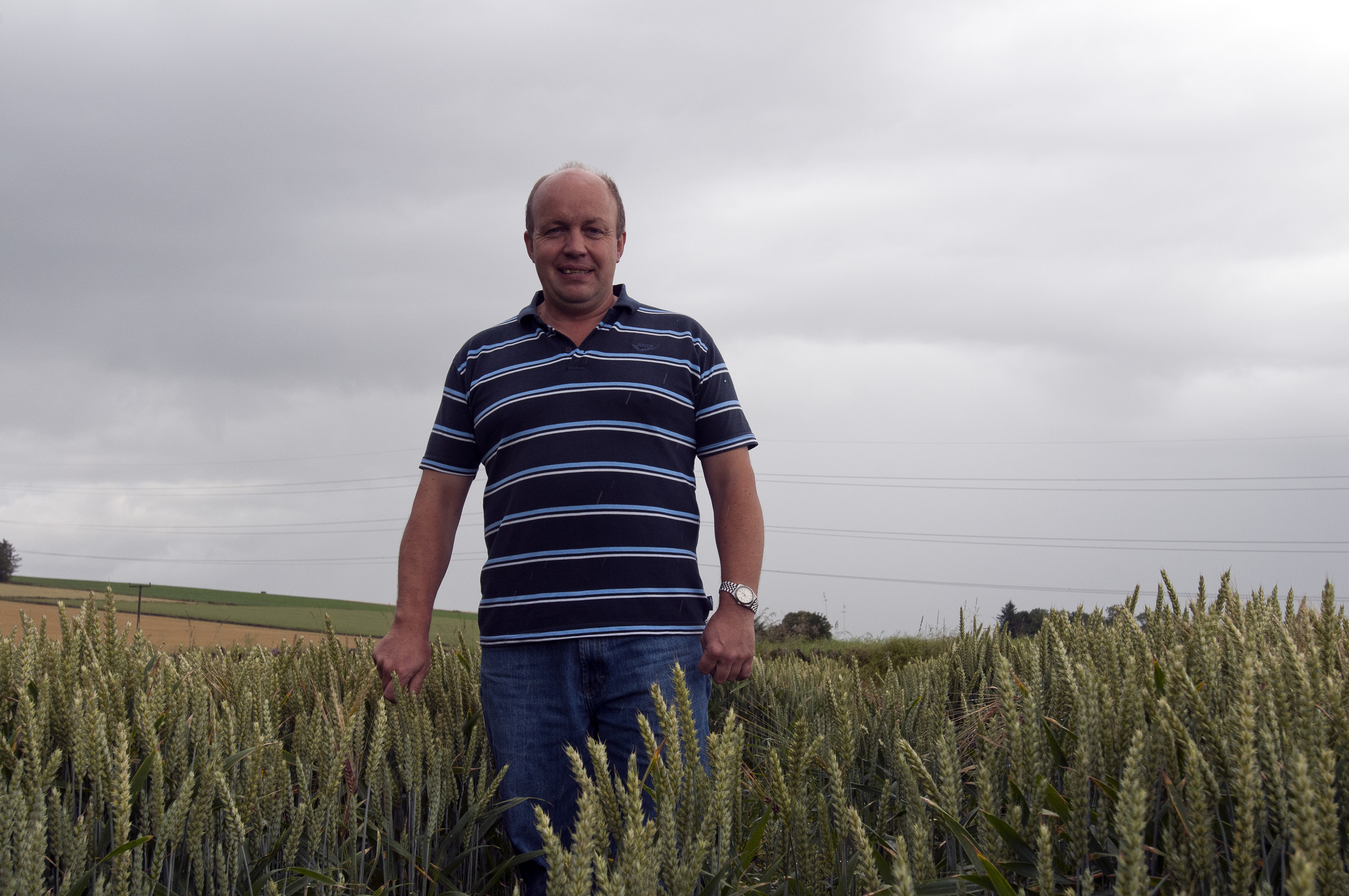Storing grain in a central store is becoming a popular option for farms across Aberdeenshire – one early convert explains what drew him in.
David Cruickshank’s decision to invest in storage rights at Aberdeen Grain came with a bang in the night, quite literally.
It was mid-winter in early 1984 and he had already accepted that he needed to review his crop storage arrangements, but had been putting off making a decision. When heavy snow collapsed the roof of the grain store,that moment had finally arrived.
“I knew what had happened before I even got out of bed. I had been looking at the roof for a while and knew it was on its way out,” said Mr Cruickshank, who farms at Logie Newton Farm, Huntly.
“Fortunately, I had already sold the grain and, out of fear the roof might fall in, I hadn’t parked any machinery inside it so nothing was damaged.”
He joined Aberdeen Grain that year, initially with a commitment for 500 tonnes, opting to maintain a series of storage bins as well.
“At the time the cost of storage rights for 500 tonnes was about £20,000 which was the same as replacing the drier and conveyers, but I felt it was not a system that was worth preserving,” said Mr Cruickshank.
He began by sending his malting barley to the store at Whiterashes, but as the dryer and conveyors deteriorated, he gradually increased his commitment.
“We investigated our options and this was the most prudent use of funds. Today our commitment stands at 1,150 tonnes,” he said.
His investment in central storage however, was about more than just good business sense and he realised that a simpler system with less labour demands would make the business more sustainable.
Mr Cruickshank said: “The biggest benefit has to be that it simplifies my life. Once the crop is harvested it is off the farm within 24 hours. I never have to see it again which is just great.”
Part of the arrangement involves passing responsibility for grain marketing to Openfield, but Mr Cruickshank said this was a source of comfort, rather than a reason to be discouraged.
“I’ve got enough to do watching the euro exchange rate without having to watch the futures price for wheat and malting barley too,” he said. “Ultimately the decision on how to market my grain still rests with me, but now I have the benefit of professional advice.”
Mr Cruickshank’s aging farm infrastructure is a common site across Scotland. A 2011 study performed by SAOS found 35% of farm stores to be over 30 years old and a further 64% more than 15 years old.
With combine harvester output more than doubling since these stores were erected the vast majority are ill equipped to keep pace with modern farm equipment.
The same survey found that 30% of Scotland’s farmers cite insufficient dryer capacity as placing a major constraint on activities at harvest.
